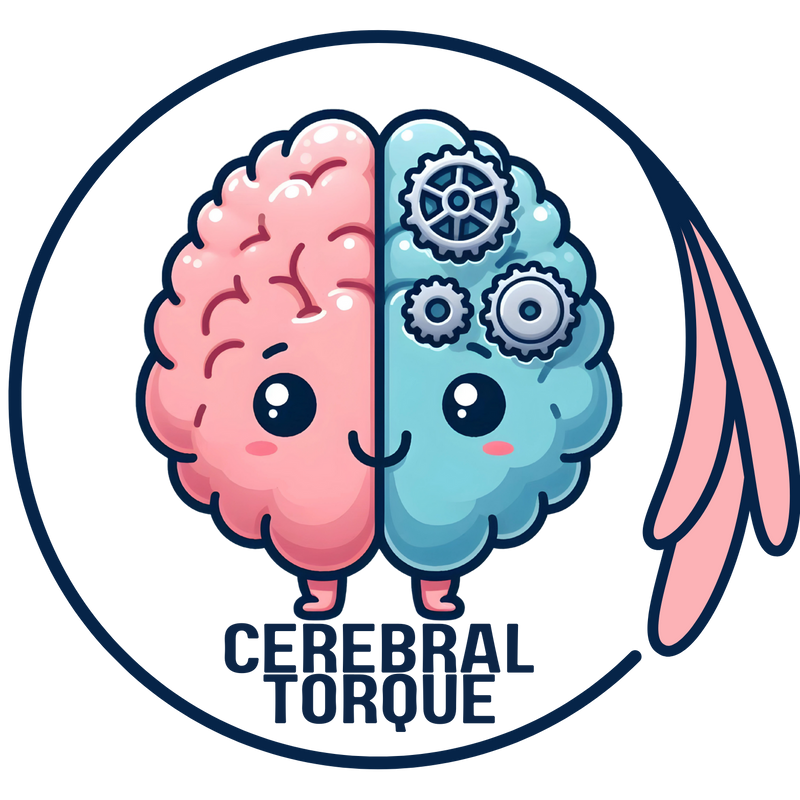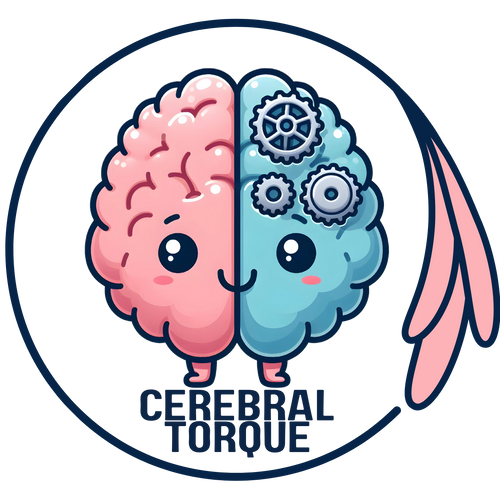Novel Compounds
MTX-101 is a drug that attaches to two specific receptors on immune system "peace-keeper" cells (CD8 T-regulatory cells), activating them to better perform their function. Once activated, these peace-keeper cells help control autoimmune diseases by eliminating problematic immune cells that are attacking the body's healthy tissues.
BHV-2100 is an experimental pain medication that works in a completely new way - it blocks a specific protein (TRPM3) found on pain-sensing nerve cells. In lab tests and animal studies, the drug effectively reduced different types of pain, particularly nerve pain, without causing common side effects like drowsiness or changes in body temperature, suggesting it could potentially become a new treatment option for chronic pain conditions in humans if clinical trials are successful.
MEDI0618 is a drug that works by regulating a specific protein receptor (called PAR-2) that's involved in pain and inflammation. It's being developed by AstraZeneca as a potential treatment for both migraine headaches and long-term joint pain caused by osteoarthritis.
A novel monoclonal antibody therapeutic targeting the PAC1 receptor, being studied both as a standalone treatment and in combination with ubrogepant for migraine management. Represents a new mechanism of action distinct from CGRP-targeted therapies.
A new injectable neuromodulating medication designed to be administered directly into head and neck muscles for migraine prevention. May work similarly to other neurotoxin treatments by inhibiting release of pain neurotransmitters.
A phase I trial evaluating safety, tolerability, pharmacokinetics, and pharmacodynamics of JS010, a monoclonal antibody targeting CGRP, in healthy subjects.
Investigating the efficacy of single and repeated dosing of psilocybin for migraine treatment, including measurement of neuroinflammatory markers. (Novel due to not being approved for any medical uses).
Evaluating the efficacy and safety of subcutaneous AGX-201 for migraine prophylaxis by targeting histamine type 3 receptors to reduce neuroinflammation.
A phase I trial evaluating the safety, tolerability, and immunogenicity of UB-313, an anti-CGRP immunotherapeutic candidate, in healthy participants.
Novel Approaches
Innovative approach using targeted injection of lidocaine and steroids into middle meningeal arteries for chronic migraine treatment.
Development of a new neuromodulation device specifically designed for acute migraine attacks in children and adolescents.
A randomized clinical trial testing whether an online tailored intervention, Migraine Manager, is efficacious in improving headache outcomes compared to an attention control intervention in adolescents with migraines.
A behavioral intervention assessing the impact of biofeedback-assisted relaxation training on headache outcomes in youth with migraine.
A behavioral approach examining cognitive reappraisal training as a preventive measure for migraine in youth.
A randomized trial analyzing the effectiveness of aerobic exercise on resting-state brainwaves and quality of life in university students with migraine symptoms.
A non-drug intervention evaluating biofeedback training's impact on sleep quality and migraine disability in university students with migraine symptoms.
New Applications of Existing Medications
Investigating the use of this common cholesterol medication at different doses (20 mg and 40 mg) for migraine prevention, based on promising results from earlier studies.
Evaluating this muscle relaxant's potential as a preventive treatment for episodic migraine in adults.
Novel delivery method of this established NSAID, investigating its efficacy when administered intranasally compared to traditional intravenous administration.
Repurposing this anticholinergic agent for the preventive treatment of episodic migraine in adults.
Investigating the use of normobaric oxygen therapy for acute migraine attacks, based on its success in cluster headaches and emerging understanding of migraine pathophysiology.
Assessing the efficacy of candesartan, an angiotensin II receptor blocker, as a preventive treatment for episodic migraine.
Studying the efficacy of nicotinic acid as a prophylactic agent for moderate to severe migraine, potentially through increasing serotonin levels and anti-inflammatory effects.
Evaluating the efficacy and safety of two dosages of intranasal oxytocin for the prevention of chronic migraine, based on its ability to block CGRP release.
A trial comparing the effect of valproic acid versus propranolol in reducing monthly migraine days in patients with migraine disorders.
A randomized trial comparing the effect of lacosamide versus topiramate in migraine by assessing the reduction in monthly migraine days.
An open-label trial studying the efficacy of continuous ethinylestradiol/levonorgestrel compared with vitamin E in women with menstrually-related and perimenopausal migraine.
A trial investigating eptinezumab as an adjunct to standard care for migraine in an acute emergency setting to prevent migraine recurrence.
A trial comparing the effect of zonisamide versus topiramate in reducing monthly migraine days in patients with migraine.
A randomized trial evaluating amitriptyline's efficacy in reducing headache days in youth with migraine, alongside behavioral interventions.
A study evaluating rimegepant's effect in adolescents with frequent migraine attacks, assessing reduction in monthly migraine days.
A multicenter trial comparing flunarizine with other first-line preventive treatments for migraine, assessing reduction in monthly migraine days.
A study assessing atogepant's safety and efficacy in reducing migraine symptoms in adult Japanese participants with episodic migraine.
A trial evaluating zolmitriptan as a prophylactic therapy for childhood migraine, comparing with topiramate and valproate.
A study assessing ubrogepant's safety and efficacy in treating menstrual migraine, focusing on adverse events and change in disease activity.
A trial assessing the efficacy of botulinum toxin type A injection into the sphenopalatine ganglion for treatment-refractory chronic migraine.
A randomized, double-blind, placebo-controlled trial evaluating the efficacy and safety of cannabis (CBD) for the treatment of chronic migraine headaches.
A two-stage trial assessing the efficacy of naltrexone combined with acetaminophen for the acute treatment of migraine, focusing on pain freedom.
A trial evaluating paroxetine's potential in reducing the impact of tinnitus-related migraine symptoms, assessing changes in tinnitus functional index.
A trial evaluating verapamil's potential in reducing the impact of tinnitus-related migraine symptoms, assessing changes in tinnitus functional index.
A trial comparing the efficacy and adverse effects of pizotifen versus a combination of amitriptyline-propranolol for migraine prophylaxis.
A study evaluating the effectiveness and tolerability of zavegepant for acute migraine treatment among participants using CGRP-targeting preventive medications.
A trial comparing the analgesic effects of intravenous tenoxicam versus ibuprofen in acute migraine attacks, assessing pain palliation.
A trial evaluating nortriptyline's potential in improving Meniere's disease-related migraine symptoms, assessing subjective improvement.
A multicenter trial assessing the efficacy and safety of high-dose intravenous ketamine infusions compared to saline in participants with chronic daily headaches.
A trial comparing metoprolol's efficacy with other medications in alleviating migraine symptoms in patients with patent foramen ovale.
A trial evaluating rivaroxaban's efficacy in alleviating migraine symptoms in patients with patent foramen ovale, focusing on responder rate.





